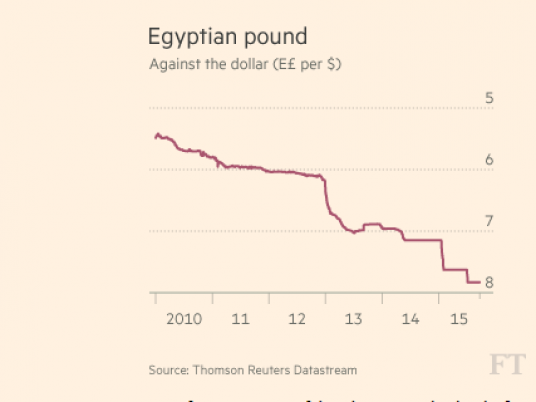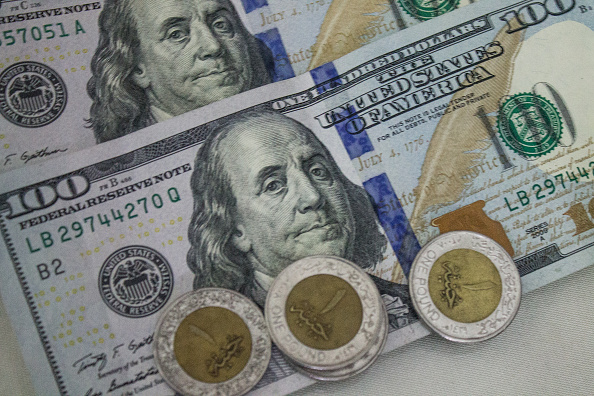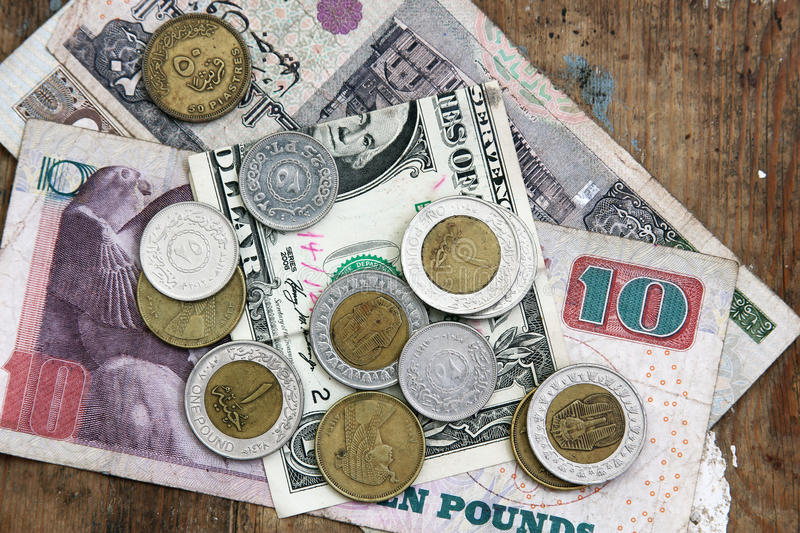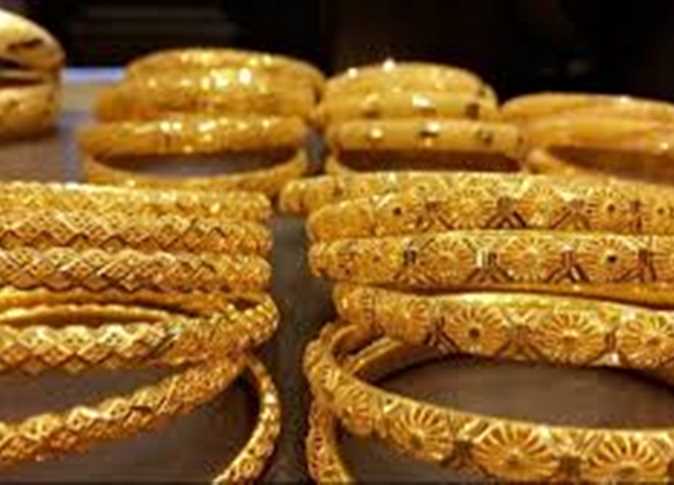
The Egyptian pound has embarked on a downward trend linked to the country’s economic conditions, reflecting its strength against foreign currency. While it began higher than the Sterling pound and the Kuwaiti dinar, it is currently lower than the Seychelles rupee after its latest drop.
In 1977, the Central Bank of Egypt for the first time started printing EGP 20 bills in light of economic growth seen under the application of the Open Door Economic Policy initiated by late President Anwar Sadat. Years later Egypt went on to print EGP 50, 100 and 200 bills.
The Egyptian pound’s journey began by a decree issued in 1914 to use it as the main currency unit, printed by the Ahli Bank at the time.
– In 1960, a law was issued to establish the Central Bank of Egypt, granting it the authority to issue Egyptian banknotes.
– That year, the pound’s value was among the highest in the world, reaching around $3. It was also higher than the Sterling pound and other associated currencies such as the Kuwaiti dinar.
– In 1963, the pound was devalued to reach $2.3 ($1 = EGP 0.43), inching closer towards the Omani riyal at the time. The Omani riyal is now worth EGP 35.
– The pound remained steady for almost 10 years until the 1973 war, when its value was raised, bringing $1 to equate EGP 0.38. It decreased to EGP 0.39 until 1978, but remained higher than the Sterling pound.
– In 1979, the pound was devalued in light of the open door policy, bringing the rate of the dollar to EGP 0.70. The Egyptian pound lost almost half its value then, for the first time weakening against the Sterling.
– The exchange rate remained stable until the early 1990s, but was devalued with the start of economic reform programmes, bringing it to a rate of EGP 1.5 to the dollar in 1990.
– In 1991, the dollar jumped to reach EGP 3.14, as the pound’s value continued to decline until it stabilized at EGP 3.39 to the dollar in 1994-1998. The pound remained higher than the currencies of the Gulf such as the Saudi and Qatari riyal, as well as the Emirati dirham.
– The value of the Egyptian pound declined to reach EGP 4 to the dollar in 2002, and collapsed with the decision to float it in 2003 reaching higher than EGP 7 to the dollar before it regained its strength to stabilize at EGP 5.85.
For the first time, the pound became weaker than currencies in the Gulf.
– For the following years, the exchange rate dropped to EGP 6.06 to the dollar, before it rose again to EGP 5.43. With the January 25, 2011 uprising, the pound fluctuated to reach EGP 5.9 to the dollar, before it embarked on a downward trend until it was floated on November 3, 2016.
– After the 2011 uprising, the pound was devalued several times to the dollar to EGP 6.1, 7.1 and finally 7.7 in 2015 – lower than the Danish Krone, the Hong Kong dollar, the Venezuelan bolívar and the Solomon Islands dollar.
– In March 2016, the official exchange rate was devalued to reach EGP 8.88 to the dollar.
– Following Thursday’s decision to float the Egyptian pound, setting an initial guidance rate of EGP 13 to the dollar, the ailing Egyptian currency’s value inched closer to the South African rand and became weaker than the Seychellois rupee.




